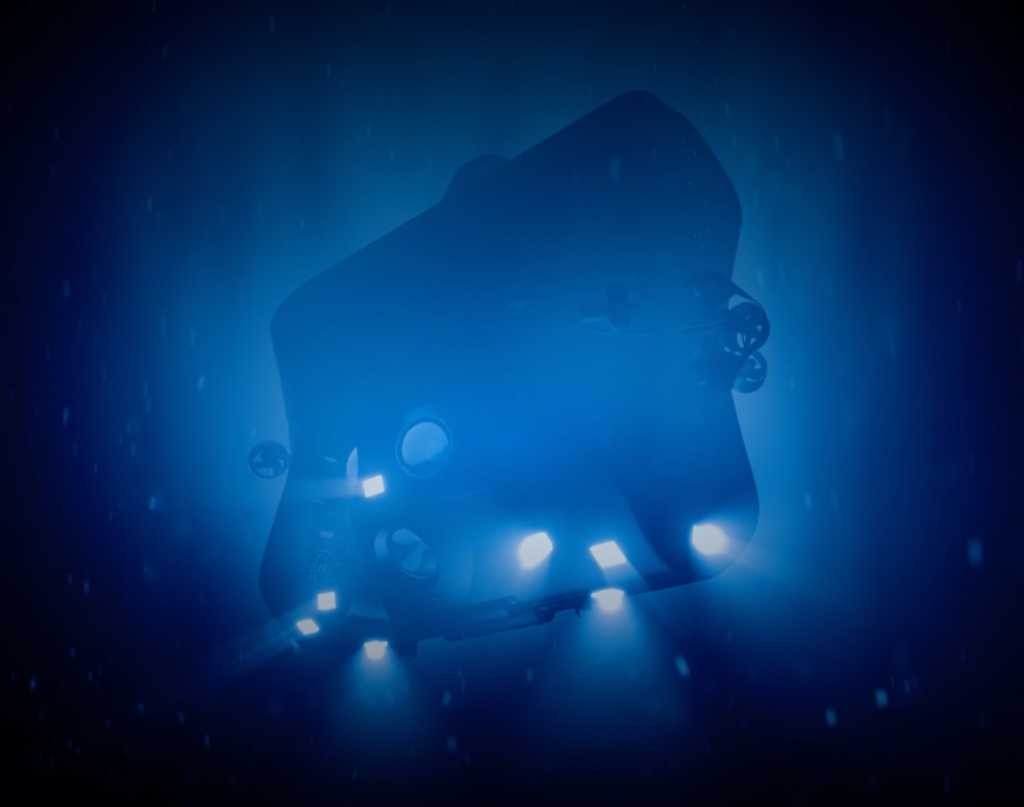
The U.S. Centers for Disease Control and Prevention now says the coronavirus “does not spread easily” through touching surfaces or objects.

Mike Schultz, a 43-year-old nurse from San Francisco, is one of 38 people who contracted the novel coronavirus after attending the Winter Party Festival in South Beach Miami in early March.

On a scorching day in downtown Phoenix, when the temperature soars to 115°F or higher, heat becomes a lethal force. Sunshine assaults you, forcing you to seek cover. The air feels solid, a hazy, ozone-soaked curtain of heat. You feel it radiating up from the parking lot through your shoes. Metal bus stops become convection ovens. Flights may be delayed at Sky Harbor International Airport because the planes can’t get enough lift in the thin, hot air. At City Hall, where the entrance to the building is emblazoned with a giant metallic emblem of the sun, workers eat lunch in the lobby rather than trek through the heat to nearby restaurants. On the outskirts of the city, power lines sag and buzz, overloaded with electrons as the demand for air conditioning soars and the entire grid is pushed to the limit. In an Arizona heat wave, electricity is not a convenience, it is a tool for survival.

Sea level—perpetual flux. There is a micromillimetre on the surface of the ocean that moves between sea and sky and is simultaneously both and neither. Every known life-form exists in relation to this layer. Above it, the world of land, air, sunlight, and lungs. Below it, the world of water, depth, and pressure. The deeper you go, the darker, the more hostile, the less familiar, the less measured, the less known.